An open floor plan with adjoining living and dining spaces provides a sense of airiness and flow. However, it can also feel disjointed without a strong visual anchor tying both areas together.

A thoughtfully designed focal point draws the eye, provides a decorative highlight, and creates a unified aesthetic between rooms. Follow these techniques to develop an impactful focal point for open living and dining rooms.
Select the Focal Point Location
The first step is determining the most strategic spot for your focal point. Assess the layout and entryways to pinpoint a location visible from both zones. Prime real estate for a statement-maker is often:

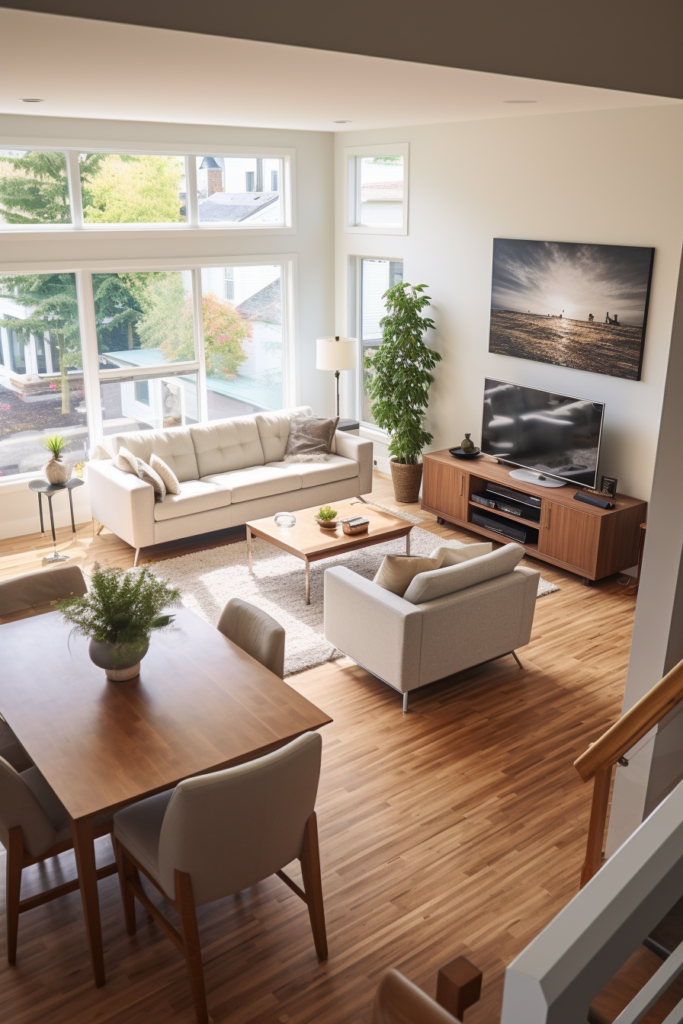


- On the shared wall between rooms
- Facing the dining table and living area
- Near sightlines from main doorways
Check sightlines by standing in doorways and walkways. Aim for maximum visibility of your feature.
Key Ideas:
- Evaluate room layouts and entryways
- Choose a site visible from the living and dining zones
- Check sightlines from doorways
Incorporate Architectural Elements
Structural attributes like fireplaces, large windows, and exposed beams make natural focal points. Boost their visual impact with surrounding décor. For example:




- Showcase a striking fireplace with symmetrical built-in shelving or artwork
- Frame a statement window with eye-catching drapery and lush plants
- Paint exposed ceiling beams and coordinate them with vibrant pillows
Enhance the room’s innate focal features to create an anchor for furniture placement and overall design.
Key Ideas:
- Use existing fireplaces, windows, beams
- Complement with shelves, drapery, artwork
- Paint architectural elements
Create a Focal Wall
An entire statement wall serves as a substantial anchor for open rooms. Use paint, wallpaper, textures, artwork, or shelving to transform one area into a decorative highlight. Some statement wall ideas:




- Paint in a bold, saturated hue
- Apply exotic grasscloth or metallic wallpaper
- Arrange an eclectic gallery wall with varied art
- Add floating shelves with sculptures and greenery
Concentrate furnishings and accessories around this feature wall to connect living and dining spaces.
Key Ideas:
- Paint, wallpaper, or accessorize one wall
- Gallery walls with abundant art
- Floating shelves with objects and plants
- Position furnishings to face the wall
Choose Impactful Artwork
For some spaces, a single piece of commanding artwork has enough presence to become the room’s focal point. Select a large-scale painting, print, tapestry, or photograph to make a bold decorative statement. Other ideas:
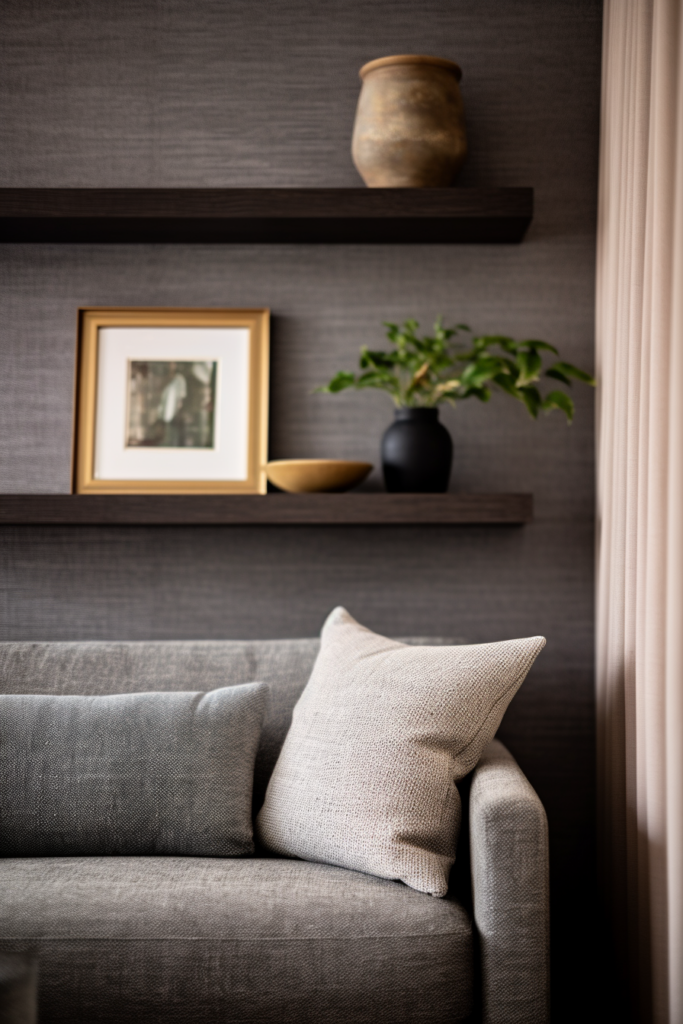


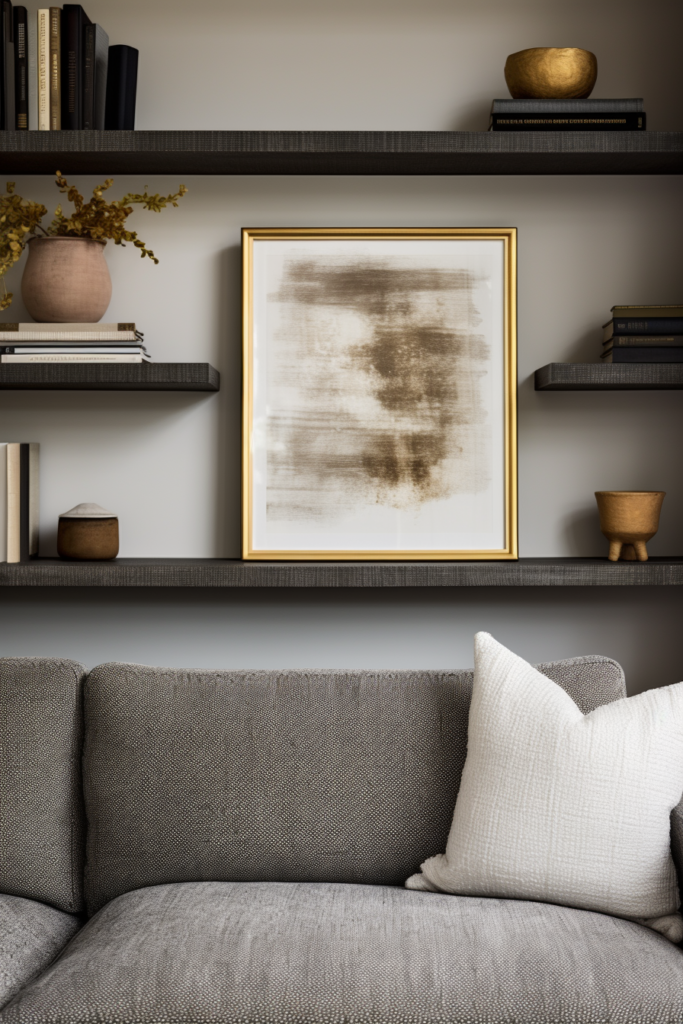
- Group a triptych or salon-style cluster of framed art
- Display collections of masks, fans, or plates
- Suspend a vibrant rug or textile on the wall as art
Place prominent lighting and furnishings around the eye-catching art feature.
Key Ideas:
- Oversize painting, print, tapestry
- Framed triptych or salon cluster
- Collections of masks, plates displayed
- Wall-mounted rug or tapestry
Use Uplighting
Strategically placed lighting illuminates architectural details or artwork to create spectacular focal points in open rooms. Uplighting cast on the ceiling draws attention upward through shadow and light.




- Install sconces or directional lights on walls to graze light upwards
- Position floor lamps or install ceiling tracks behind focal features
- Layer lighting levels with overhead, accent, and ambient fixtures
- Play with light and shadow on varied textures for visual interest
Enhance focal features and add dimension by combining lighting types.
Key Ideas:
- Sconces and directional lights for up-lighting
- Floor lamps or ceiling tracks
- Overhead, accent, and ambient layers
- Lighting to showcase textures
Choose Statement Seating
Eye-catching chairs and sofas act as functional focal points when placed in living and dining areas. Search for distinctive silhouettes, vibrant patterns, or luxe materials to make them stand out. Some ideas:




- Curvaceous barrel chairs or chaises
- Vintage settees or fainting couches
- Wingback chairs in vivid hues like emerald green
- Sofas with vibrant graphic or oversized floral prints
Place seating near junctions between rooms for maximum effect.
Key Ideas:
- Barrel chairs, chaises, settees with shape
- Vintage or wingback chairs in saturated colors
- Prints with vibrant graphic or floral patterns
- Position near openings between rooms
Select a Stunning Light Fixture
A remarkable pendant, chandelier, or row of sconces provides both task and decorative lighting. Choose a fixture that aligns with your design aesthetic – from minimalist to vintage.
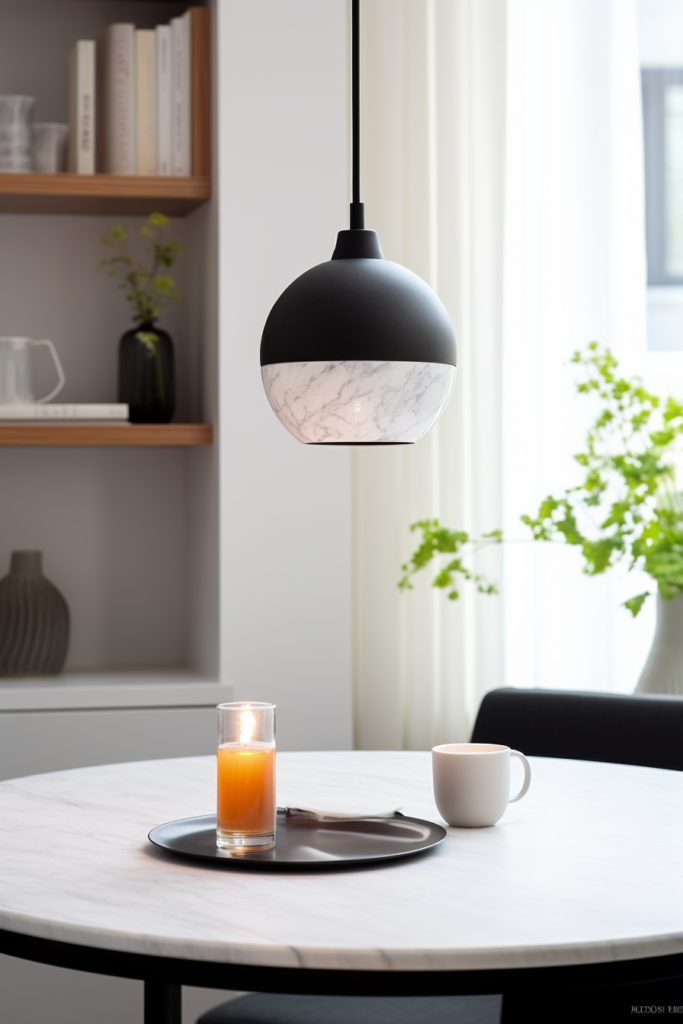


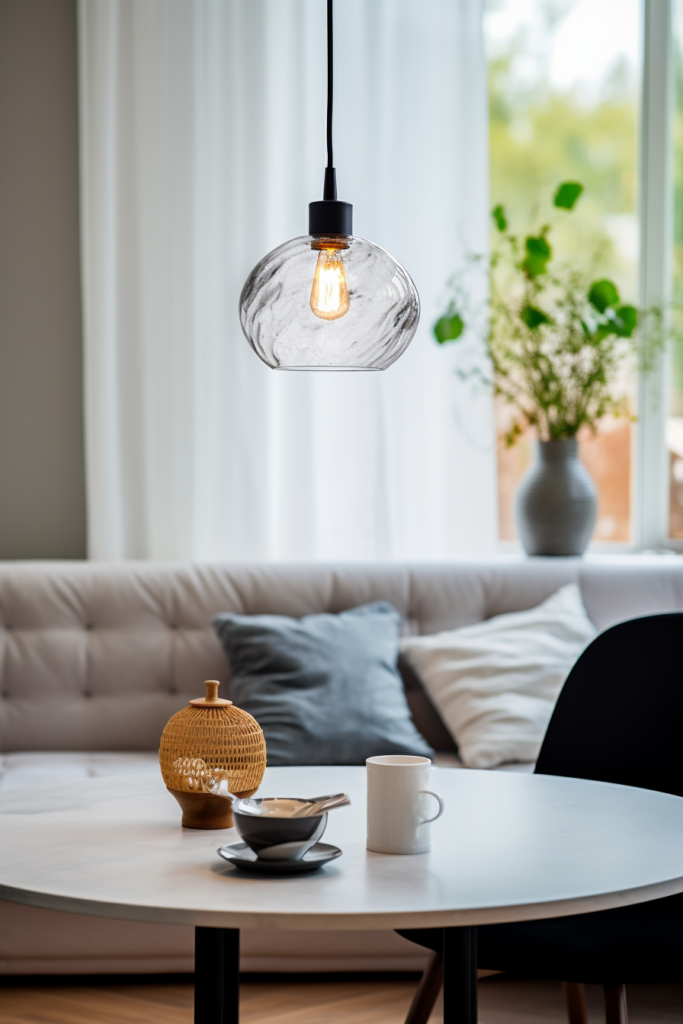
- Suspended single pendants for clean lines
- Curtains of bead strands for sparkle
- Wheels of bell jar globes for industrial edge
- Antler branches for organic and nature-inspired spaces
Let the light fixture take center stage against a simple backdrop.
Key Ideas:
- Single pendants for minimalism
- Beaded strands for sparkle
- Bell jars for industrial
- Antlers for organic style
Design a Built-In Nook
Recess shelving, cabinetry, or bench seating into a shared living room or dining room wall. Built-in architecture makes a solid decorative statement and serves functional needs like storage.




- Construct open shelving for books and objects
- Add glass-front cabinet doors to protect valuables
- Build a window seat or cushioned bench below the storage
- Include charging station, lighting, mirrors, art niche
Built-ins provide plenty of flexible display space.
Key Ideas:
- Bookshelves and open objects display
- Glass-front cabinetry for enclosed storage
- Window seats or benches with cushions
- Charging station, mirrors, art niche
Choose a Statement Rug
Define both living and dining zones with an area rug that has a compelling style. Search for oversize shapes, luxe materials like silk or wool, color saturation, or ornate patterns.


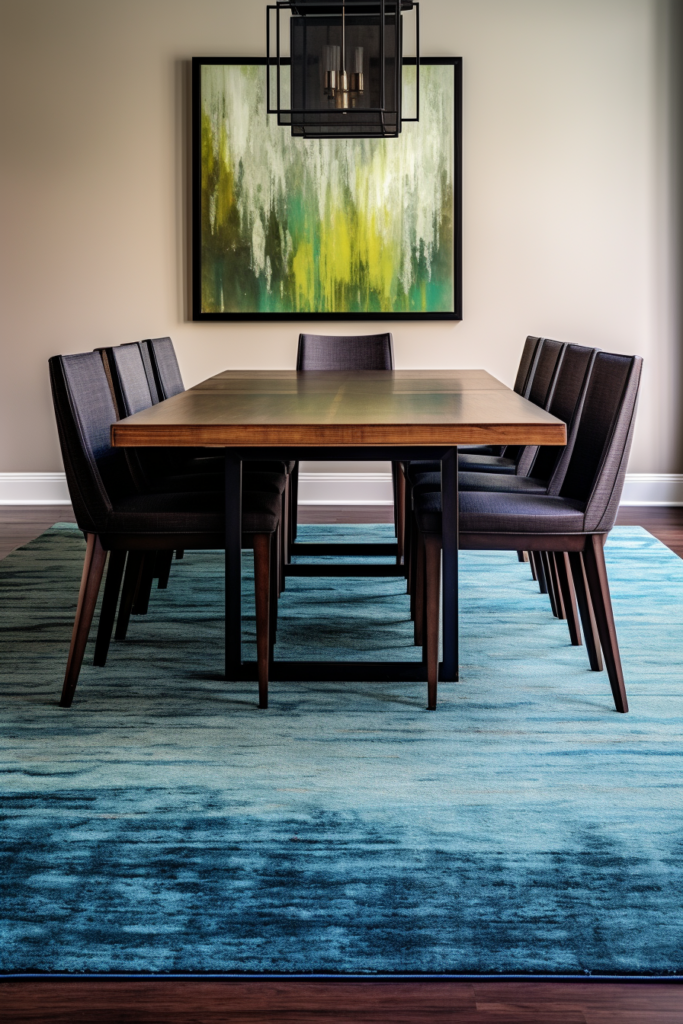

- commands attention underfoot
- oversized rug expands smaller rooms
- colorful kilims or Moroccan patterns
- abstract painterly designs
- distressed vintage oushak rugs
Layer rugs over hard surfaces like tile or hardwood floors for sound dampening and softness.
Key Ideas:
- An oversized and commanding presence
- Vivid kilim, Moroccan, distressed patterns
- Abstract painterly motifs
- Softens hard flooring underfoot
Add Architectural Molding
Install crown molding, plate rails, or chair rails with decorative trim to make a subtle statement between living and dining zones. Contemporary rooms lean towards simple profiles, while ornate moldings suit traditional spaces.



- Crown molding encircles the room near the ceiling
- Plate rails provide a railing for displaying tableware
- Chair rail trim protects walls from furniture dings
Tie rooms together with trim in a unified color.
Key Ideas:
- Crown molding near ceilings
- Plate rails for displaying tableware
- Chair rails to protect walls
- Unify molding color between rooms
Include a Statement Buffet
An eye-catching buffet or sideboard anchors a dining area while reflecting the overall aesthetic. Choose a substantial piece with:


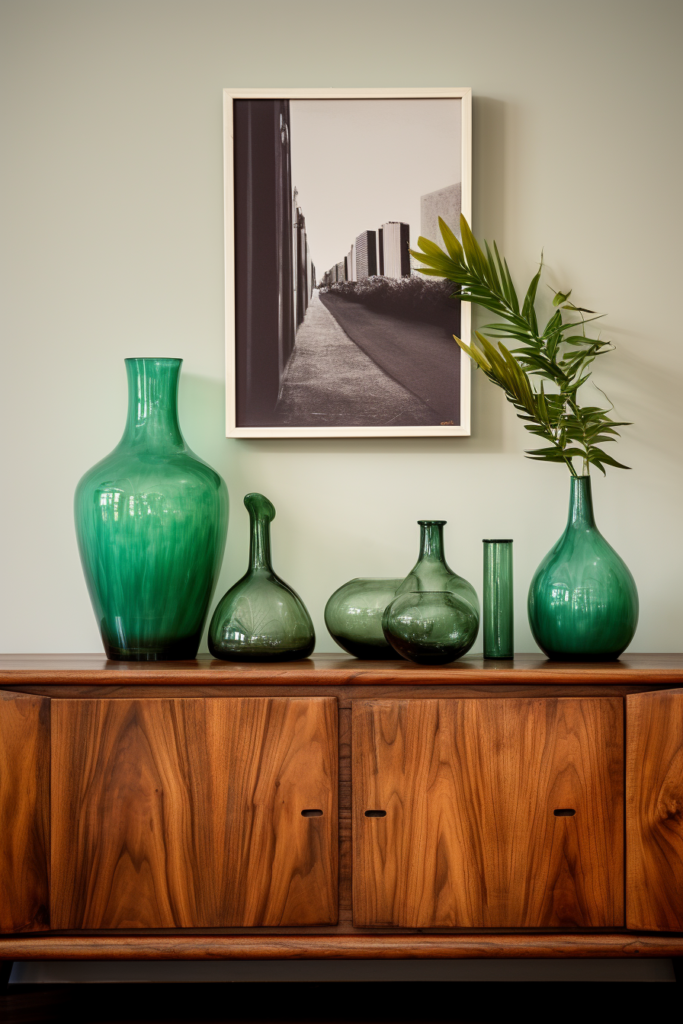

- Carved details, turned legs, metal accents
- Lucite, brass, glass materials
- Custom color through paint or stain
- Adjustable shelving within to store tableware
Flank with artwork or pendant lighting.
Key Ideas:
- Carved details and metal accents
- Lucite, brass, glass materials
- Custom color through paint or stain
- Adjustable internal shelving
- Flank with art and pendants
Incorporate a Bold Backsplash
Make a stunning decorative statement with an eye-catching kitchen backsplash visible from the dining area. Use materials like:


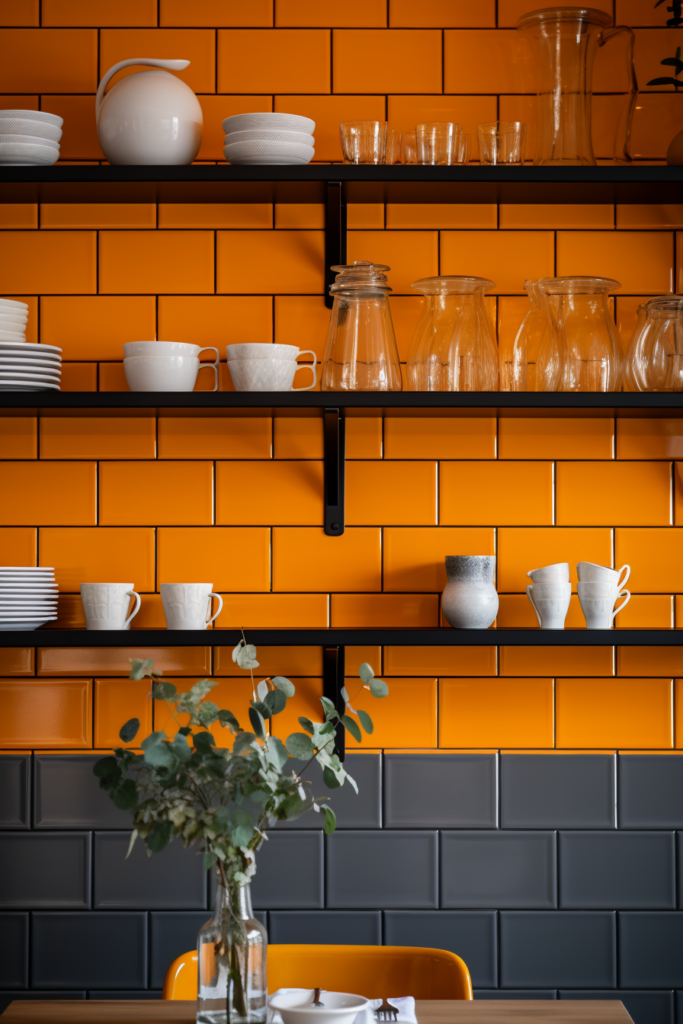
- Handmade subway tiles in vibrant colors
- Geometric mosaic patterns
- Encaustic cement tile designs
- Mirrored glass or polished metal subway tiles
Continue backsplash tiles onto surrounding walls for greater visual impact. Add delicate lighting to illuminate and enhance.
Key Ideas:
- Colorful handmade subway tiles
- Geometric mosaic patterns
- Encaustic cement tile
- Mirrored glass or metal subway tiles
- Extend to surrounding walls
- Delicate lighting
Incorporate a Bold Fireplace Surround
Fireplaces automatically attract attention. For maximum impact, re-imagine plain surrounds using materials like:
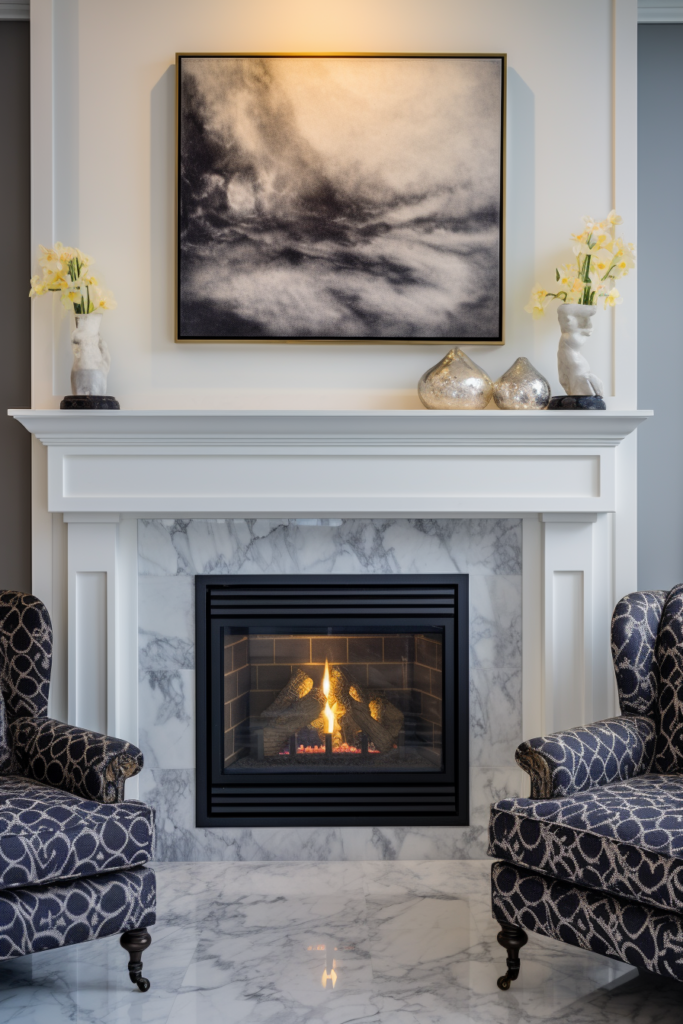



- Hammered metal panels
- Mosaic tile
- Reclaimed wood plank
- Stone slab
Add built-in shelving and millwork to tie into the room architecture.
Key Ideas:
- Hammered metal panels
- Mosaic tile designs
- Reclaimed wood plank
- Stone slab materials
- Incorporate shelving and millwork
Summary
An exceptional living room dining room design uses a focal point to connect separate zones. Assess your existing architecture and design a statement-maker through artwork, lighting, rugs, built-ins, or seating. Place your anchor in a spot readily visible from both areas.
Finally, arrange furnishings to highlight your eye-catching features.
A compelling focal point draws guests in, provides decorative flair, and seamlessly bridges open rooms. Use these techniques to create a focal feature connecting your living and dining spaces.
Follow Quiet Minimal on Pinterest for more home design tips and inspiration.


